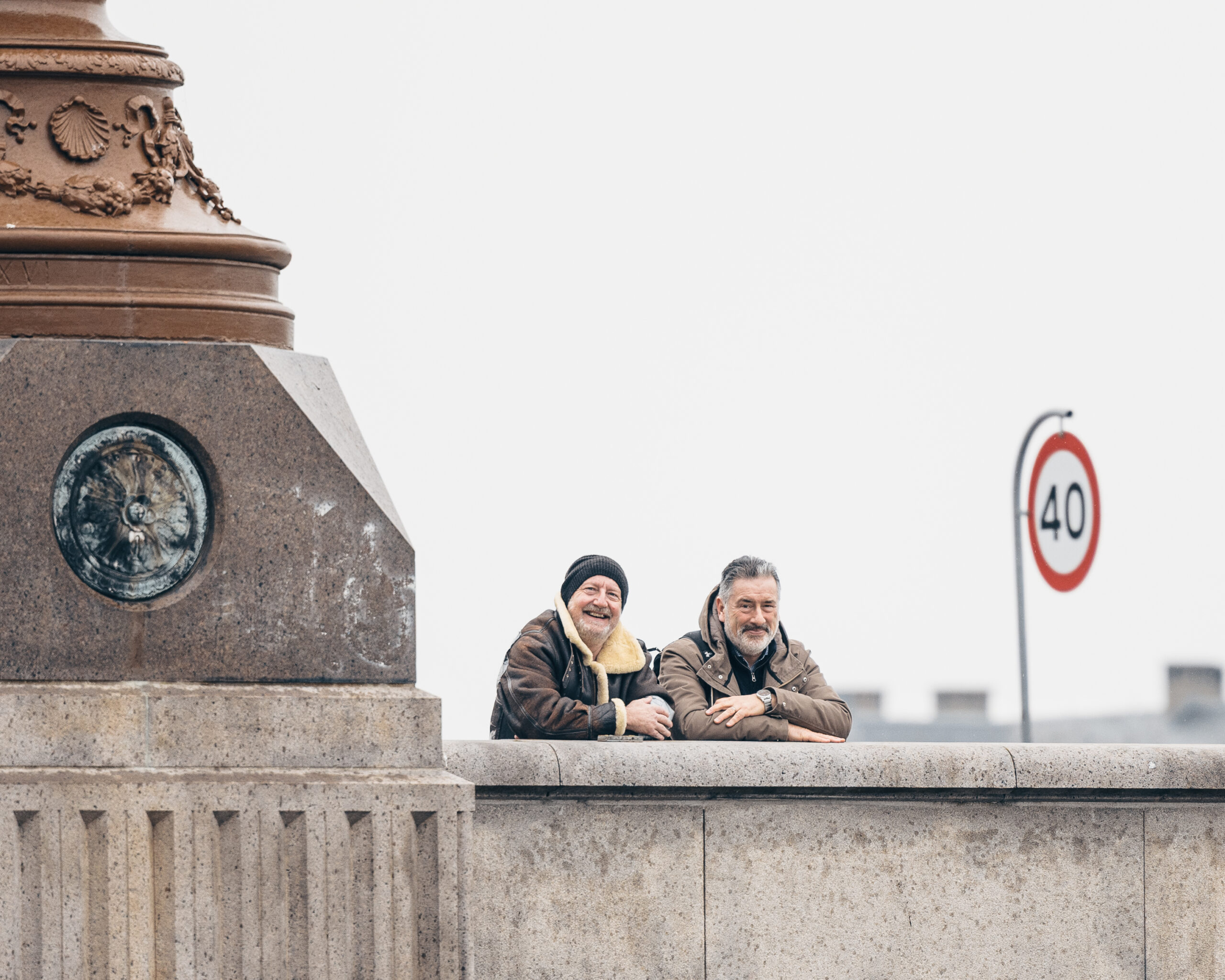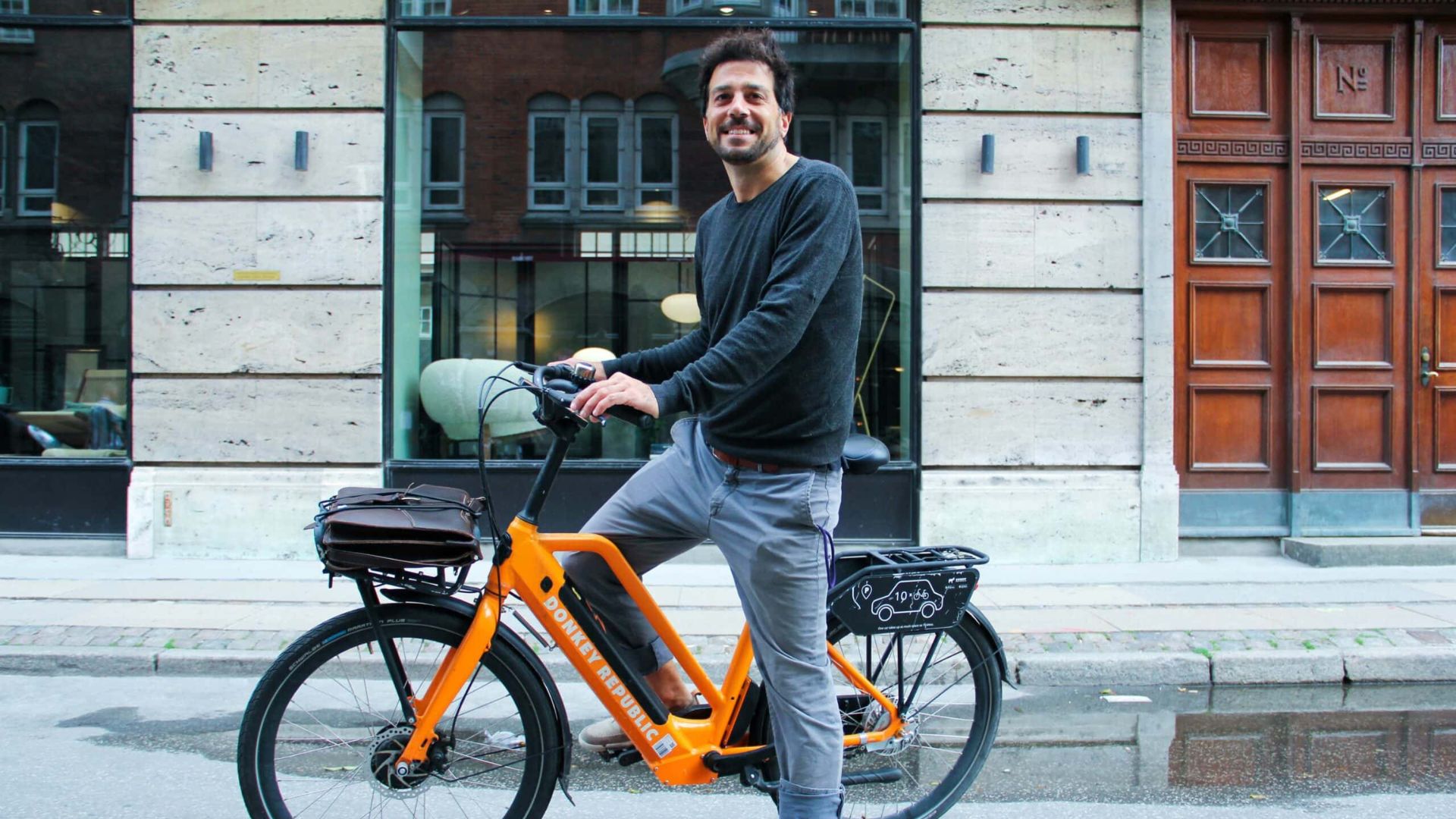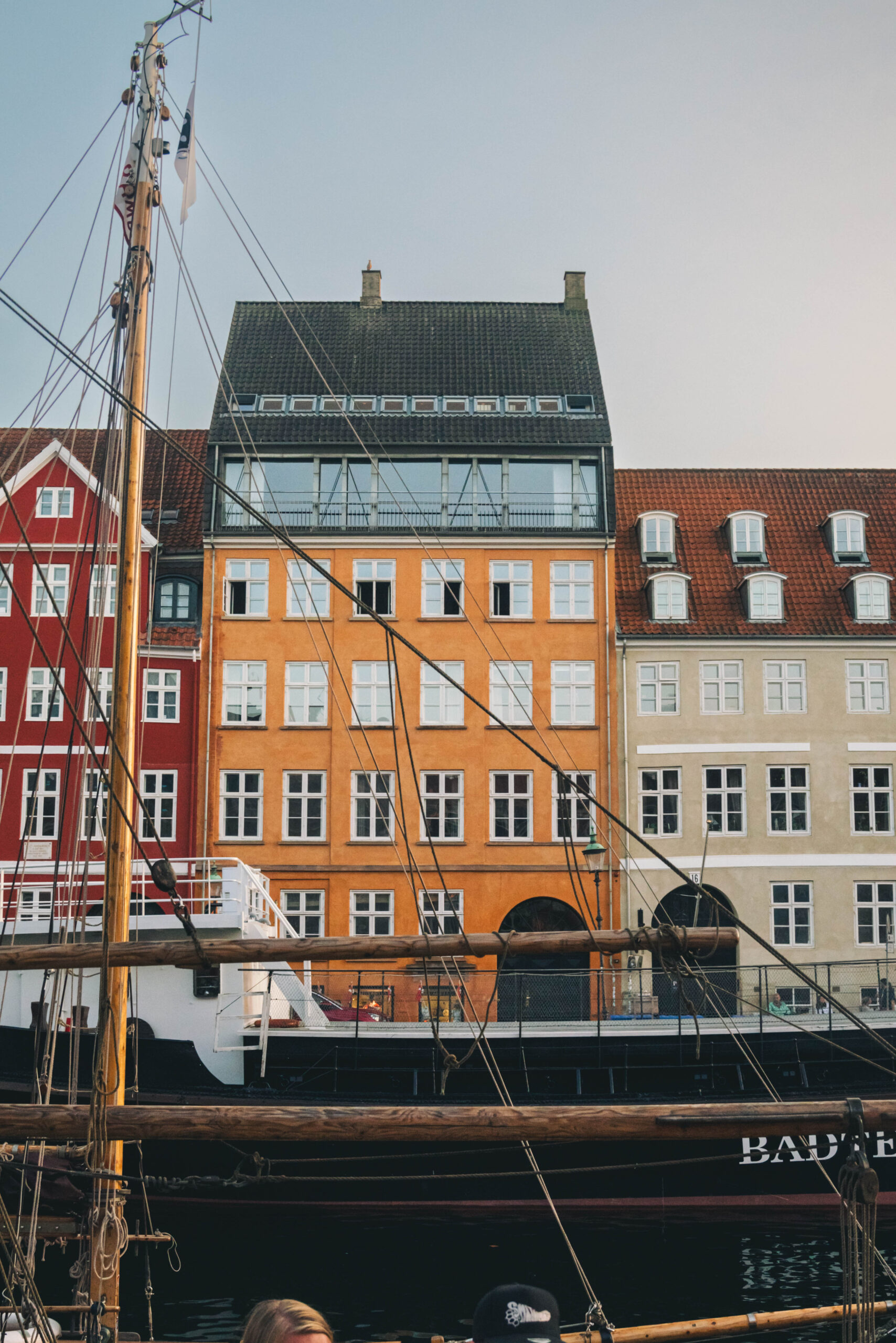While Danes are going to the theatre and using the internet more than they were eight years ago they are going the library less and reading fewer newspapers, according to a report financed by the Culture Ministry.
The 400-page report concluded that people are generally engaging in more cultural activities, particularly in the areas of sports and exercise, internet use and computer gaming, and to a lesser extent in by going to museums, reading books and going to the theatre. At the same time, however, there has been a decline in newspaper and magazine reading and TV viewing.
The number of people making at least one trip to the library a month also fell, from 29 percent in 2004 to 25 percent in 2012, but that didn’t seem to worry the culture minister, Uffe Elbæk (Radikale).
“The people who use libraries use them more often. For example, when I was young I used the library to read newspapers, magazines and find information I couldn’t find elsewhere,” Elbæk told Politiken newspaper. “The internet has taken over some of the duties, but the library has a different role in terms of lending perspective and creating opinion as a social and cultural space.”
The report, which was compiled out by the consultancy firms Epinion and Pluss Leadership, is the seventh and latest instalment of an on-going study of the nation’s cultural habits, the first coming nearly 50 years ago in 1964.
Since then, follw-up reports have been published 1975, 1987, 1993, 1998, 2004 and this latest edition in 2012. About 4,800 adults and 1,500 children between the ages of 7 and 14 were interviewed for the report, which also details the cultural habits of adult minorities for the first time ever.
This year’s report is divided up into three categories, focusing on literature and fine arts, leisure activities and the media.
Elbæk indicated that the Culture Ministry would require more time to study report’s findings, but said regardless of what conclusions were drawn, there was room for improvement.
“One challenge is still how the classical culture institutions can develop new audience strategies and become more inclusive than they are now,” Elbæk told Politiken.
Read the complete report here (Danish)
Factfile | The 10 most notable developments in Danes’ culture habits from 2004 to 2012
1. The technological developments in recent years have altered people’s culture habits significantly. The prevailing tendency is that involvement in traditional culture areas and media remain much the same, while new media and devices stimulate further consumption.
2. Between 2004 and 2012 people generally engaged in more cultural activities. The greatest increases amongst adults were in the areas of music, sport and exercise, volunteer work and internet use.
3. The main increases amongst children were in music, computer gaming, performance art, literature and internet use. Generally, children are more culturally active than the adults.
4. Adult film viewing, library attendance, visits to attractions, TV watching, and newspaper and magazine reading is stable or on the decline.
5. Minorities’ use the library more often that the general public but are less likely to go to the theatre, museums or concerts.
6. Most of the adult population can be characterised as actively or very actively engaged in art and culture, leisure activities and the media. Women are strongly represented in art and culture, and while there is not much gender difference in the leisure area, men tend to be more likely to be engaged in the media.
7. Education and income are important factors in determining whether people engage in cultural activities. People who engage in non-cultural activities typically have little or no education and have a low income.
8. The number of people attending opera, ballet, musicals and classical music concerts or going to art museums is at its highest level since 1964. People over 60, 15-19-year-olds and women are most active when it comes to fine arts.
9. Children are generally active in all the main areas. Girls are more active when it comes to art and culture and media, while boys are more active in the leisure area. There is also a notable connection between the cultural habits of parents and their children.
10. Half of the population feels that public culture expenditures are acceptable. The amount who felt too much was spent on culture and the amount who felt too little was spent were relatively equal. Private spending on cultural activities have fallen since 2004, largely due to the technological developments and the emergence of new sports and exercise habits.











